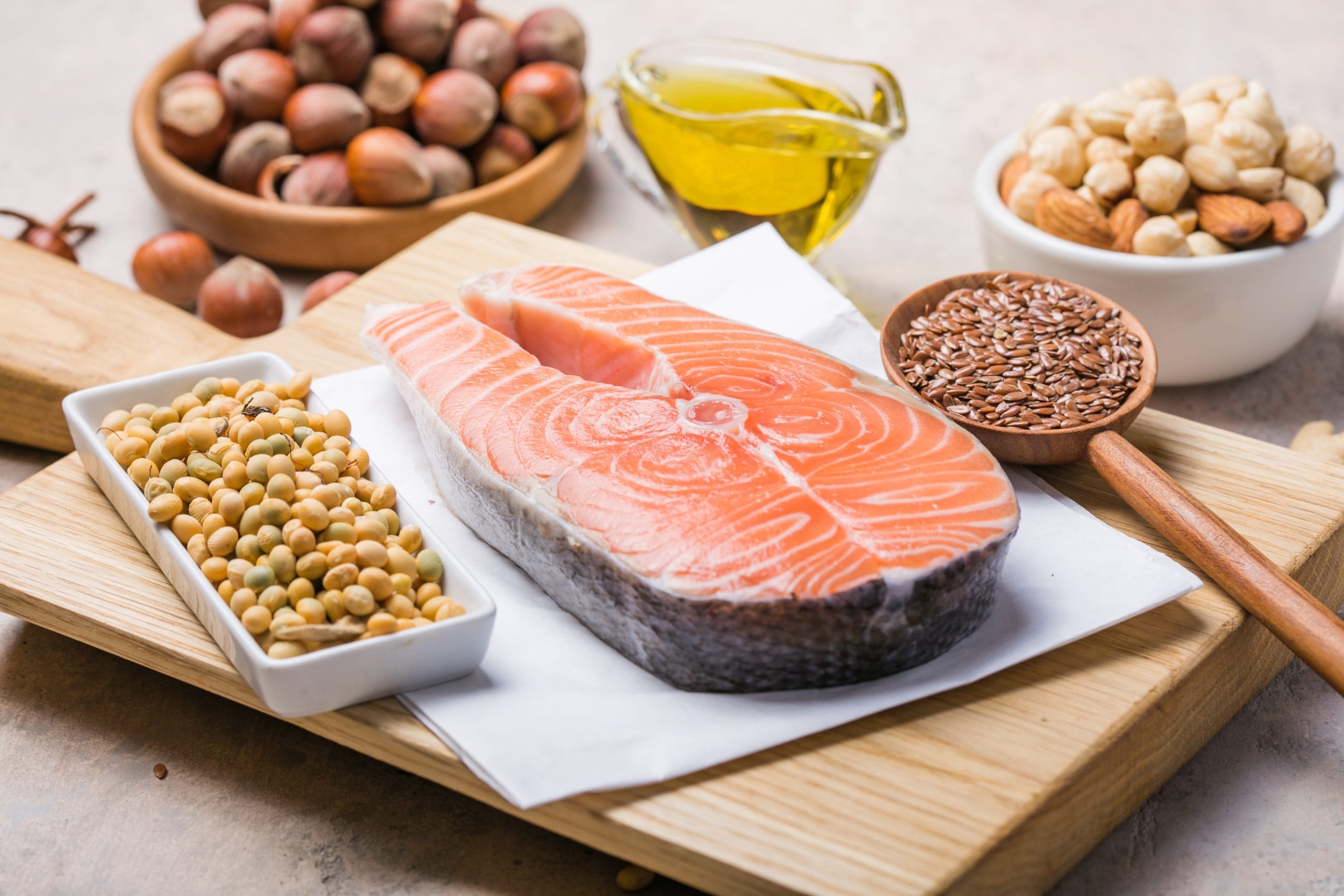The Miracle Molecules
Back in the old days during university, he had thought of digestion in simple terms - calories in, nutrients absorbed, leftovers discarded. But the “leftovers” weren’t waste at all. The indigestible fibers that humans can’t break down became the raw material for something else entirely: short-chain fatty acids (SCFAs). Tiny molecules, made by microbes, that quietly shape health far beyond the gut.
SCFAs like butyrate, acetate, and propionate are the end-products of microbial fermentation. And what they do borders on extraordinary. They nourish colon cells, support gut barrier integrity, influence immune balance, and even alter metabolic and brain signaling pathways. Scientists now see them as key translators between diet, microbes, and human physiology.
He had seen hints of this in patients - people with IBS, autoimmune conditions, even low mood - whose symptoms improved as their fiber intake diversified or after FMT. But he wanted to feel it in himself. So he approached fiber like a scientist: adjusting soluble versus insoluble, raw versus cooked, resistant starches versus ferments, and carefully noting how his system responded.
At first, nothing dramatic happened. But then subtle changes emerged. Meals no longer left him heavy. Afternoon dips in energy softened. He noticed he was calmer, less irritable. Sleep deepened, and he no longer jolted awake at 3 a.m. His cravings shifted, becoming less urgent. It wasn’t a suprise - it was physiology finding rhythm. His microbes were finally producing enough of the molecules his body had been missing.
The most fascinating part? Butyrate - the SCFA most associated with anti-inflammatory effects and gut lining repair - can’t simply be taken in meaningful amounts. A capsule won’t deliver it where it’s needed. It has to be produced in the colon, in partnership with the right microbial species. That realization reframed everything: supplements weren’t the shortcut. Ecology was.
Still, he kept perspective. He knew SCFAs weren’t the only explanation for these shifts. Microbial metabolites beyond SCFAs - like tryptophan derivatives, bile acid transformations, and polyphenol metabolites - were also in play. What mattered most wasn’t chasing a single molecule, but supporting an ecosystem capable of producing a wide range of beneficial signals.
Now, whenever something felt off - whether digestion, focus, or energy -he didn’t reach for a quick fix. Instead, he asked: Am I feeding my fermenters? If not, he adjusted. More legumes. More diverse plants. Different ferments. He had even coined a personal rule: “Feed the fermenters first.” It was less about restriction, more about remembering the fuel that keeps the system running.
Looking back, he realized the lesson wasn’t that SCFAs are “miracle molecules.” The real miracle was how microbes and humans co-engineered a system where waste became fuel, silence became signals, and survival became symbiosis. That is when he started to talk about the digestive tract as a city ecosystem.
Next week: “The 72-Hour Reset” - the quick, safe microbial recalibration he uses when his gut spirals.


